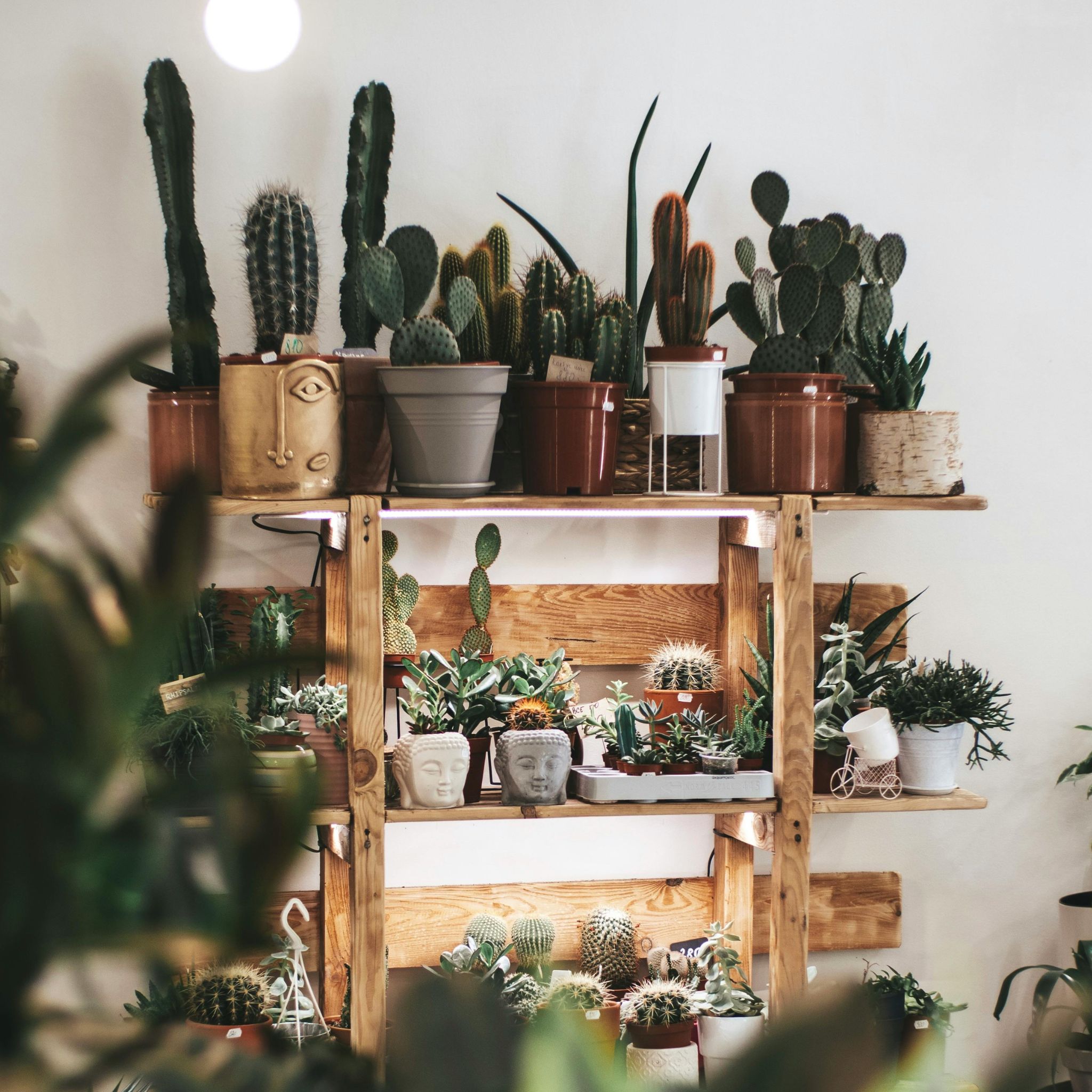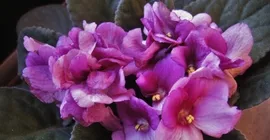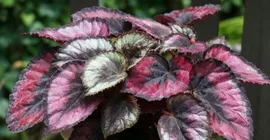In the vibrant world of houseplants, cacti and succulents have become beloved staples for many with their easy care, striking forms and resilient nature. Cacti and succulents come in many shapes, sizes and colours, each with unique characteristics making them perfect for anyone and everyone. This guide will explore the variety available, providing insights into their care. Caring for your cacti and succulents is important.
The native habitat for most cacti and succulents is a desert. Therefore, they will grow best in lots of light, good drainage, high temperatures, and low moisture. However, there are some cacti and succulents, such as Schlumbergera, which have a native environment of a rainforest so prefer semi-shade and humid conditions.
Caring for cacti and succulents, means trying to recreate their natural habitat. Here are the main things that you need to consider when caring for your cacti and succulents.
Light, temperature and ventilation
Cacti and succulents thrive with good light sources, and it is best to place cacti and succulents in a bright place. A south facing position will provide good sunlight. However, be careful to not put them in direct sunlight because the intense light can make the plants turn a yellow colour. The optimum light depends on the variety of cacti and succulent that you are growing. For example, forest-growing epiphytes, such as Rhipsalis, need semi-shade, but an Echeveria needs bright light.
During the autumn and winter months, it is best for the plants to be kept cool at night with temperatures of around 8°C to 10°C. In the spring and summer the plants need good ventilation, but will survive in high temperatures.
Watering
Overwatering is the number one killer of succulents however their is also a common misconception that cacti and succulents only require a small amount of water. Even though they have water-storing characteristics in their leaves and stems which allow them to survive in dry habitats, they will certainly not thrive with little water. Watering is an essential part to how well your cacti or succulent grows. Overwatering will stunt growth, but under-watering causes shriveling.
Tepid rainwater should be used for watering, rather than tap water. This is because the minerals in tap water build up in the soil and can cause deposits on the leaves. Minerals also disrupt the flow of essential nutrients to the plant. During the winter months it is important to reduce watering to once a month or less depending on your home conditions.
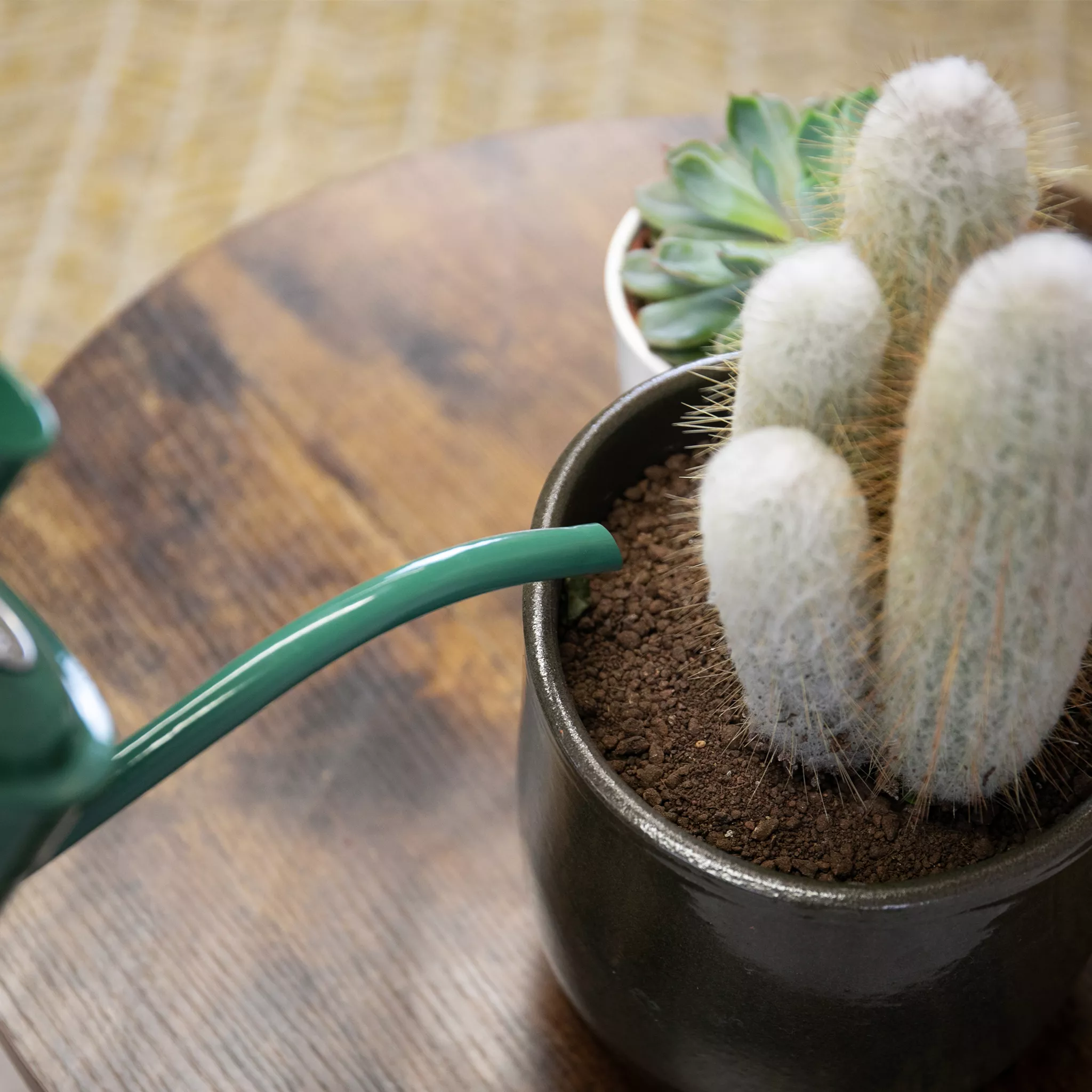
Compost
A free-draining compost, such as Westland Cacti & Succulent Potting Mix is a good compost to use as it has added girt and sand for optimum drainage. It also contains the right level of nutrients for your cacti and succulents.
Repotting
Repotting cacti and succulents is essential for their health, especially when they outgrow their pots, the soil becomes depleted, or drainage issues arise. Repot your plants during the spring and summer when growth is active. If the soil has become compacted or retains to much moisture it is time to repot!
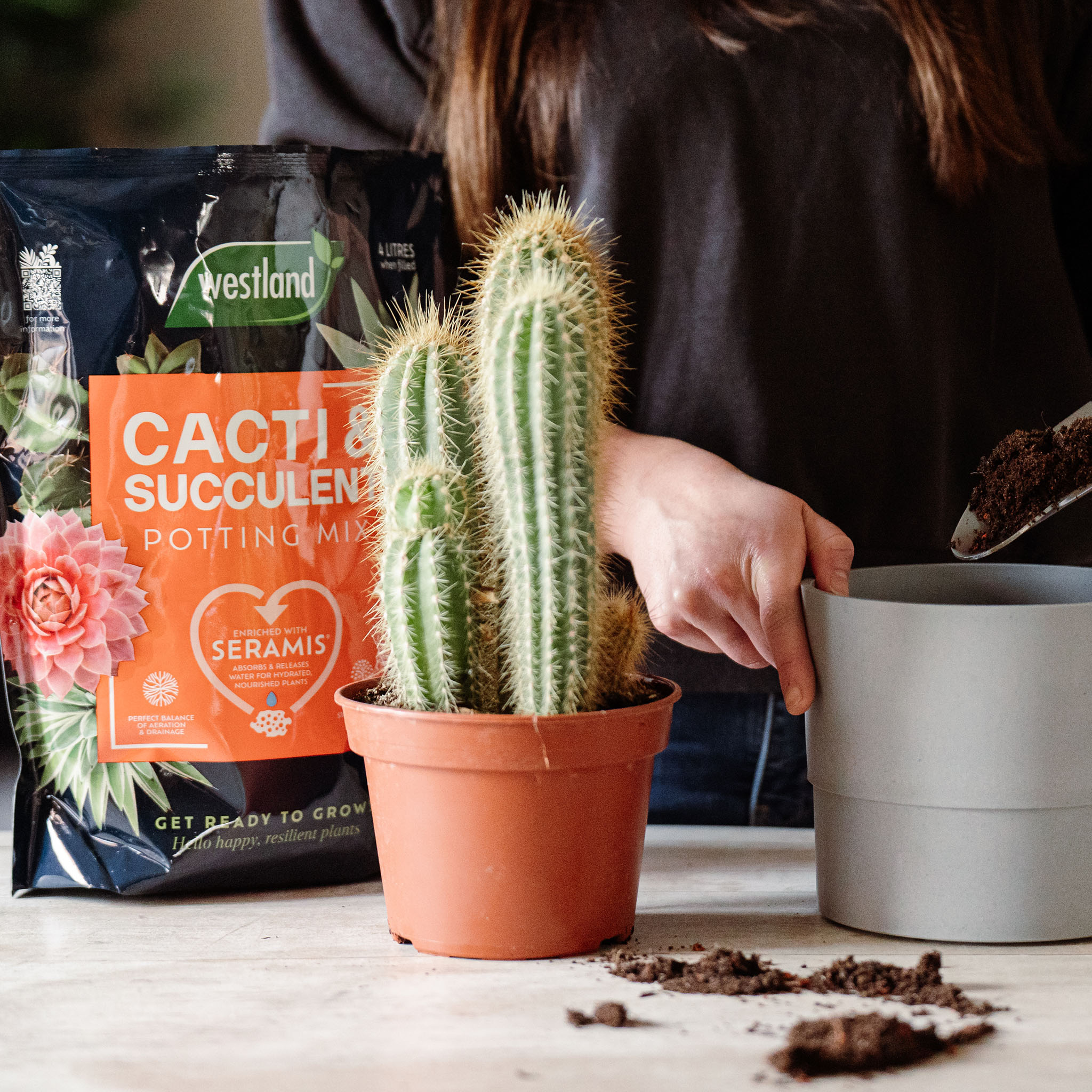
- Firstly water the plant and allow to drain before removing carefully from the pot, using folded paper to protect your hands against the spikes.
- Clear away the old soil from the roots with a thin stick, such as a chopstick, so that you do not damage the roots.
- Put a layer of potting mix in the new pot, which is slightly bigger in diameter, and sit the plant on it.
- Fill the rest of the pot with the potting mix and firm down.
- Do not water for a few days to prevent rotting of damaged roots.
Keeping these conditions gives the best care for your cacti or succulent. Most importantly, remember when it comes to the caring for your plant is that you are trying to recreate its natural habitat!
Repotting your houseplants is important as replacing the compost refreshes the nutrients your plants need to thrive. Watch our helpful video that identifies the signs your plant needs repotting.
Feeding
During the growing season, cacti and succulents should be watered at least once a week. When watering, the soil should be given a good soaking, allowing excess water to drain away. Allow the compost to dry out slightly between each watering.
Feed your plants once a month using Westland Cacti and Succulent Feed which is a good formula to use. It helps them to produce healthy growth with more disease tolerance and better flowering. Simply use the dosing chamber to get a 5ml dose of the feed and add to 1 litre of water.

Autumn and winter care
This is the time where the plants enter a rest period. Watering should be reduced so that the potting mix dries out between the watering. The regularity of watering is dependent on the environment they are in and the variety of succulent. Winter-flowering cacti needs to be in the warmth and have regular watering at this time, but desert-dwellers can be left un-watered. You do not need to feed cacti or succulents during this period.
Cacti and succulents are low-maintenance, resilient plants that bring beauty and character to any space. By providing them with well-draining soil, ample sunlight, and proper watering techniques, you can ensure their long-term health and vitality. With the right care, your cacti and succulents will reward you with vibrant growth, unique shapes, and even stunning blooms. Embrace the joy of cultivating these fascinating plants, and enjoy the benefits of a greener, more serene environment!

